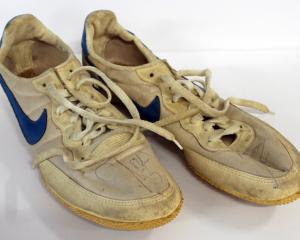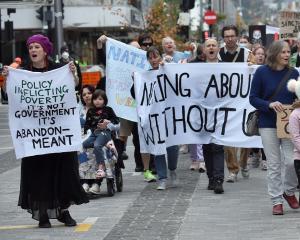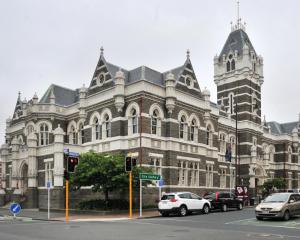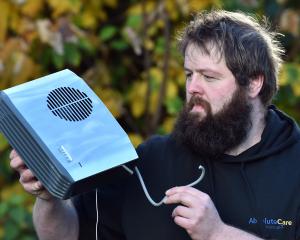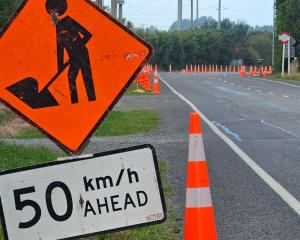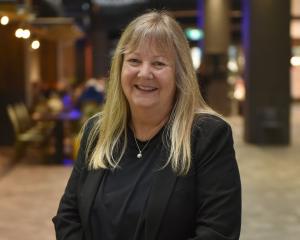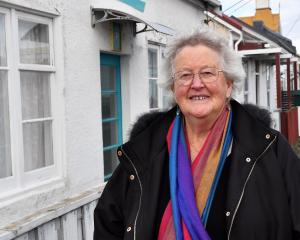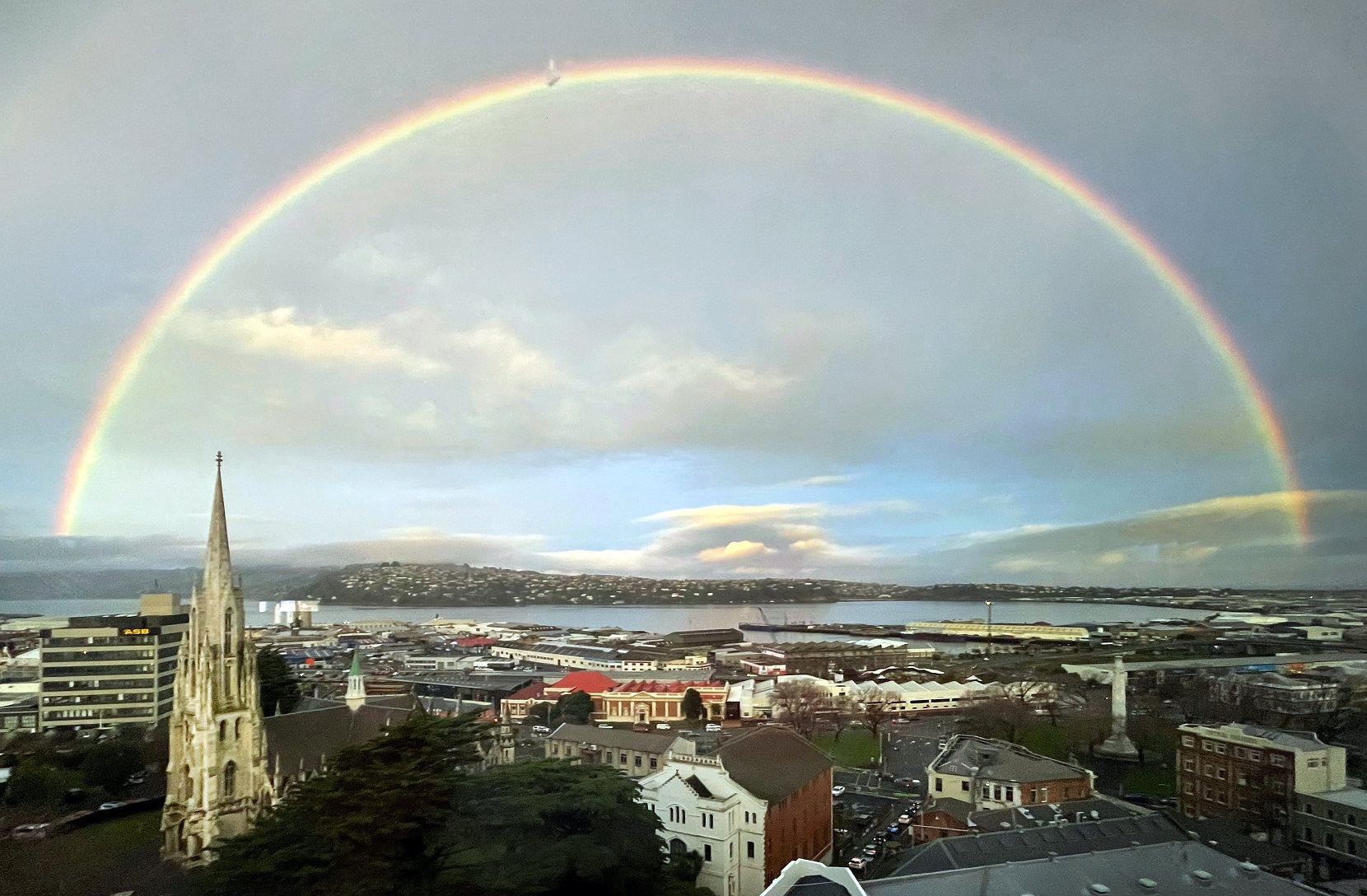
Houses in my particular price range tend to have significant problems — not lovable heritage quirks but jagged cracks in the living room walls, floors tilted like a ship’s deck in a storm, kitchens with all the charm of hastily cleaned crime scenes.

"In my opinion, the house is still moving," said the builder’s report on an art deco making a run for it down the hill. One house had a borer infestation so severe particle board had been nailed over the floors, raising them so the bedroom doors couldn’t close. Pushing the outside wall of another made that whole side of the house undulate like an elephant’s flank.
There was a general feeling of teetering, of held breath, and then there was the question of insurance. I love a bit of character, but any character built pre-1935 is now uninsurable.
Did these drawbacks make any difference to how these places were described in the ads?
Guess.
"Ideal investment property, a chance to add value ..." The only thing that would add value to most of them would be a bulldozer.
When did such utter garbage become the affordable face of New Zealand real estate? I could buy a gorgeous villa in Ranfurly for the price of one of these dumps, but I don’t work in Ranfurly. House hunting in Dunedin, if you are not rich, is the pits. You go to open home after open home and, like everyone else, try to think of ways that you could make this place liveable, things you could do to lessen the despair.
Many of the houses I saw had been tinkered with back when your home was your castle and you could do whatever the hell you wanted to it. Well-meaning (but not actually professionally qualified to do so) former owners had installed interesting water features, built unconsented decks, or removed load bearing walls to extend the lounge. Most memorable was the garage built on poles above a subsiding retaining wall — pitched out over the kitchen below like a shingled boulder.
Real estate agents encouraged me to do my "due diligence" in the same tone shark-cage diving firms encourage you to keep your hands and feet inside the cage.
I gave up several times, decided to just live in my tiny Pūrākaunui crib forever, grow out my pubes and let myself go completely insane from isolation and a daily commute that ate all my money.
But then someone told me not to do something, and as luck would have it, I always do the absolute opposite whenever that happens. Contrariness is my superpower. Or I just go by the vibe, both equally legit decision-making strategies.
"Do not buy there," they said. "Don’t even look at it. It’s a bad area."
But hang on, I thought, is it still? Yes, it used to be skody in the extreme, but I used to be young. Things change.
Dunedinites always have a kind of snobbery about different suburbs that newcomers don’t share. Ravensbourne for example is now extremely sought after, with it being so close to town and the new cycle way and having views of the harbour, but in the past people wouldn’t even let themselves get murdered there.
Port Chalmers’ fortunes have changed too, while St Clair, once the swankiest of suburbs, now features gardens complete with a swim up bar.
I went and looked.
The house was a hopeful shade of lemon. The owner was just leaving, so we got to talking and he told me his plans for the houses next door, which he also owned. Being from Melbourne, he saw things differently. The agent was a breath of fresh air. The renovation was so tasteful I stood up straighter. I put in an offer immediately.
Driving home, a massive rainbow stretched across the sky, so vivid you could see each colour in all its glory. Purple, blue, green, red, orange, yellow.
I will call it Buttercup Cottage.

